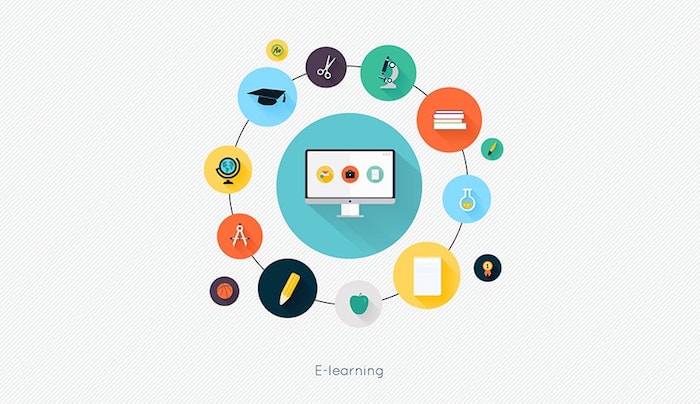
About this course:
Signal Processing and Model Estimation
Description:
Transforming from the time domain to the frequency domain. The effects of leakage and the use of windows. The basics of data acquisition, including sampling, aliasing and resolution. The estimation of frequency response and transfer functions. Gausing measurement quality. The different types of excitation signals and their advantages. The transformation of equations of motion to discrete time. Identification of dynamic models from measurements using time domain data. The selection of model order. An introduction to curve fitting and experimental modal analysis. The identification of physical parameters of models from measured data.
Textbooks:
[1] Ewins, D.J., 2000, Modal Testing: Theory and Practice, John Wiley & Sons, Second Edition.
[2] Newland, D.E., 1997, An Introduction to Random Vibrations and Spectral Analysis, Longman Scientific & Technical.
[3] Friswell, M.I. and Mottershead, J.E., 1996, Finite Element Model Updating in Structural Dynamics, Kluwer Academic Publications, London.